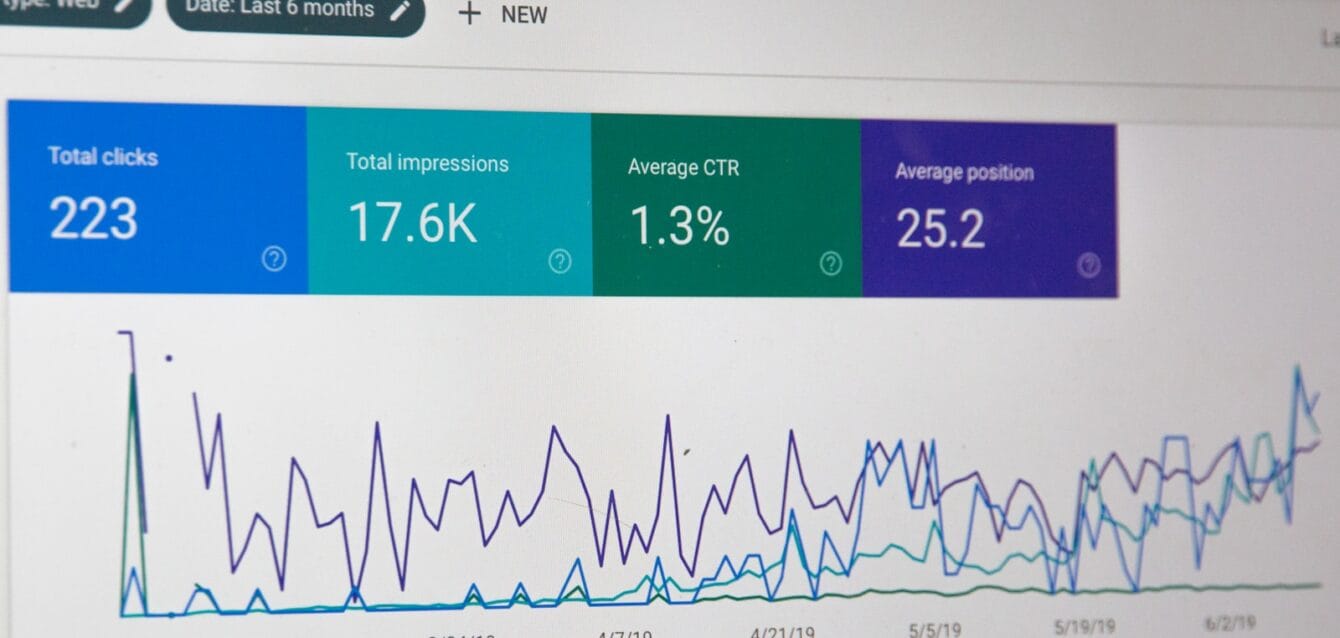If you’ve been in digital marketing for even a few weeks, you’ve probably heard people throw around terms like backlinks and domain authority. Some say backlinks are outdated. Others swear they’re the single biggest factor that determines whether your site shows up on page one of Google or not.
Here’s the truth I’ve learned over the years: backlinks and domain authority aren’t just important—they’re essential. They’re the currency of trust online.
At FusionMindLabs, where we work with clients ranging from startups to growing businesses, we’ve seen first-hand how a smart link-building strategy can completely transform a website’s visibility. Let’s break this down in plain language.
Backlinks: The Online Version of Word-of-Mouth
Think of backlinks as word-of-mouth referrals in the digital world.
- If ten people recommend a restaurant, you’re more likely to try it.
- If ten websites point to the same article, Google thinks, “Hmm, this content must be worth showing.”
But here’s the catch: not all recommendations carry the same weight. A shout-out from your friend’s new food blog is nice, but a feature in The New York Times? That’s gold.
Backlinks work the same way. Links from reputable, high-authority websites are far more valuable than links from random, low-quality sites.
That’s why tools like Ahrefs and SEMRush are so useful—they don’t just count your backlinks, they help you measure the quality.
Why Google Cares About Backlinks
Search engines can’t read like humans. They need signals. Backlinks are one of the strongest signals that say:
- “This website is trustworthy.”
- “Other people vouch for it.”
- “It’s relevant in its niche.”
This is why almost every case study you’ll see from SEO professionals points back to backlinks as a key driver of rankings. Even now, with AI-generated content flooding the web, backlinks are one of the hardest-to-fake trust signals.
Domain Authority Explained (Without the Jargon)
Now, let’s talk about Domain Authority (DA).
Developed by Moz, it’s basically a scorecard from 1–100 that predicts how well a website is likely to rank. It’s not a direct Google ranking factor, but in practice, websites with higher DA tend to dominate search results.
Here’s a quick way to think about it:
- DA 1–20 → Just starting out. Think of a brand-new local bakery.
- DA 21–40 → Gaining traction. Like a small chain with loyal customers.
- DA 41–60 → Established. People know you. Google trusts you.
- DA 61–80 → Serious authority. You’re a leader in your field.
- DA 81–100 → Household names (Forbes, Wikipedia, etc.).
At FusionMindLabs SEO Services, we often use DA as a benchmark for growth. It gives clients a clear, measurable goal.
A Quick Story: Two Sites, Two Outcomes
A while ago, we worked with two clients who both ran online stores.
- Client A had beautiful product pages, well-written descriptions, and a fast website. But almost no backlinks. Their DA was around 18.
- Client B didn’t have the prettiest site, but they had been mentioned in local news outlets and industry blogs. Their DA was 47.
Guess who consistently outranked the other on Google? Client B.
It was a wake-up call for Client A—and it shows why backlinks and domain authority can’t be ignored.
How to Actually Build Backlinks (Without Getting Penalized)
This is where most people get stuck. You can’t just “create” backlinks overnight, and buying them in bulk is a surefire way to attract Google penalties. Here are a few strategies that still work in 2025:
- Guest Blogging Done Right
Write genuinely useful articles for websites in your niche. Not fluff pieces, but content that readers actually bookmark. - The Skyscraper Technique
Take a popular piece of content, make a better version, then reach out to everyone linking to the old one. - Broken Link Building
Find websites with broken links, notify the site owner, and offer your content as a replacement. Win-win. - Data and Research
Even small original surveys or industry insights can attract backlinks naturally. - Partnerships and Collaborations
Partner with complementary businesses and exchange backlinks through blog features or co-marketing campaigns.
Internal Links: The Secret Weapon Most People Forget
Here’s the thing—while external backlinks get all the spotlight, internal linking is equally powerful.
Internal links help search engines:
- Understand your site’s structure.
- Pass authority between pages.
- Keep visitors engaged longer.
For example, within FusionMindLabs, we make sure that service pages connect naturally:
Tools That Make Life Easier
You don’t need to guess when it comes to backlinks and domain authority. A few tools I swear by:
- Ahrefs – Amazing for checking who links to your site (and your competitors).
- SEMRush – Great for finding link-building opportunities and spotting toxic links.
- Moz – The original DA checker.
- Majestic – Offers unique metrics like Trust Flow and Citation Flow.
At FusionMindLabs, we blend these tools with custom audits so businesses don’t just collect data—they get actionable steps.
The Future of Backlinks & DA
Google’s algorithms evolve constantly, but one thing hasn’t changed: trust matters.
- AI-generated spam is on the rise, making authentic backlinks more valuable than ever.
- Google’s focus on E-E-A-T (Experience, Expertise, Authoritativeness, Trustworthiness) means backlinks from reputable, relevant sources carry more weight.
- User engagement indirectly boosts the value of backlinks.
In other words, the backlink game is shifting from quantity to quality—and from SEO hacks to real relationship-building.
Wrapping It Up
Backlinks and domain authority aren’t just “SEO buzzwords.” They’re the foundation of how visibility works online. Without them, even the most well-designed site can end up buried on page three of Google. With them, you have a fighting chance to reach the audience you deserve.
If you’re serious about growing your authority, improving your backlink profile, and climbing the Google ladder, FusionMindLabs can help. We don’t believe in shortcuts—we believe in long-term strategies that build trust, visibility, and real results.

